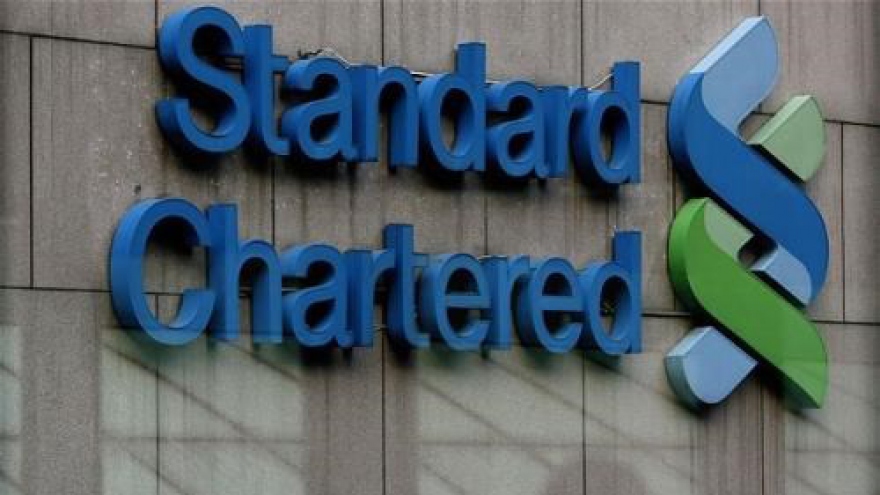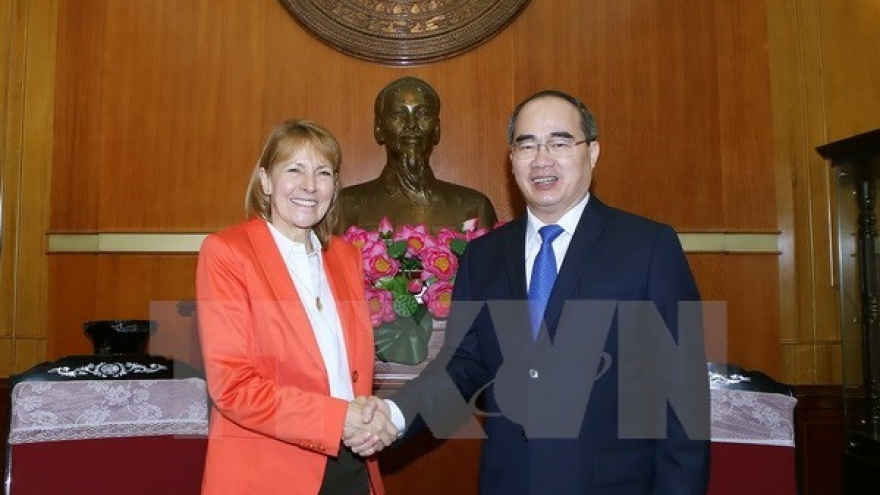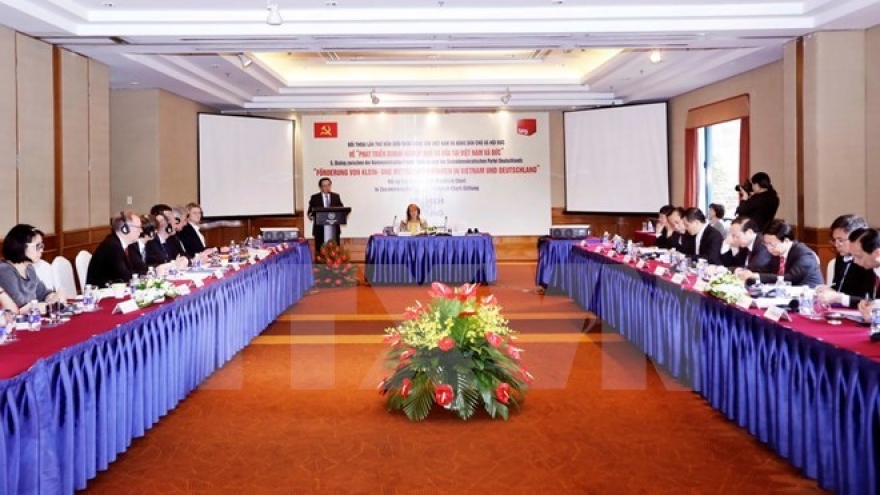Just 3% of bank loans go to SMEs
Only 3% of bank loans have found their way to small and medium enterprises (SMEs), and less than one-third of SMEs have gained access to credit, according to data of the Vietnam Chamber of Commerce and Industry (VCCI).
At a recent conference on ways to help SMEs gain access to capital and technology held by VCCI and Standard Chartered Vietnam in HCM City, VCCI pointed out that many SMEs are thirsty for cash but struggling to borrow from banks.
Vietnam has roughly 600,000 SMEs with 480,000 of them operating and paying taxes. In addition, around four million household businesses can be considered SMEs.
These businesses create jobs for 52% of the country’s workforce.
The Government has adopted a number of measures to improve the business environment but SMEs have faced a slew of difficulties, said VCCI Vice Chairman Vu Tan Thanh.
He said leaders of SMEs are not well trained and lack governance skills. These enterprises use outdated technology and equipment.
In addition, they are weak in market access and usually wait for rather than explore business opportunities.
Thanh said SMEs in foreign countries could take out unsecured loans easily if they have feasible business plans. Meanwhile, Vietnamese SMEs must have assets as collateral to take out bank loans.
Lending to SMEs is tightened now given a high bad debt ratio in the banking system. Furthermore, interest rates in Vietnam are much higher than in regional countries, making SMEs less competitive.
Thanh noted that SMEs’ financial status is unclear. Many maintain two different book-keeping systems, one is real and the other is mainly used to show to tax and administrative agencies.
Rajeev Chalisgaonkar, Global Head of Business Banking at Standard Chartered, told the conference that banks want to boost lending to SMEs but the latter fail to provide adequate information to complete borrowing procedures.
He said that businesses’ financial status should be transparent and that firms applying advanced technology in production and governance can get bank loans more easily.
He proposed the State consider creating a credit guarantee mechanism for SMEs as seen in other nations and finding ways to reduce interest rates for these companies.
Standard Chartered has set aside a credit line of VND330 billion to make loans for SMEs in HCMC. This is part of the enterprise-bank connectivity program developed by the State Bank of Vietnam’s HCMC branch and the HCMC Department of Industry and Trade.
The Government in its Resolution 35 issued in May expected the number of businesses in Vietnam to rise to one million by 2020 and the private sector to account for 49% of the country’s gross domestic product (GDP).
Labor productivity is projected to increase by at least 5% a year and 38% of enterprises set aside investment for innovation.
Thanh of VCCI said the country should take measures to realize the targets. He added Vietnam reported two-digit increases in exports in the previous years but this year’s export growth would be a single-digit rate.
Foreign-invested companies have seen their exports going up but local firms have reported a decline, which is a big concern, he said.



